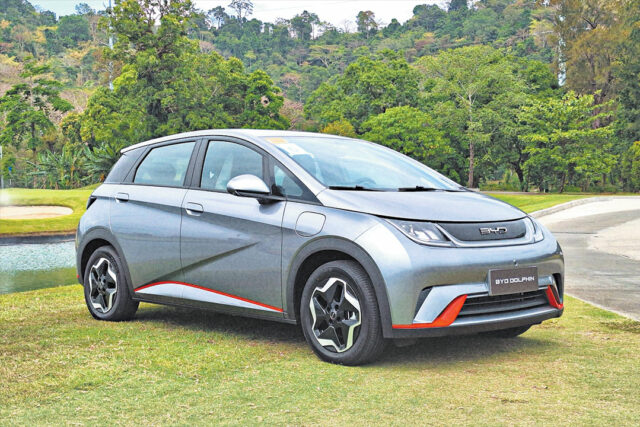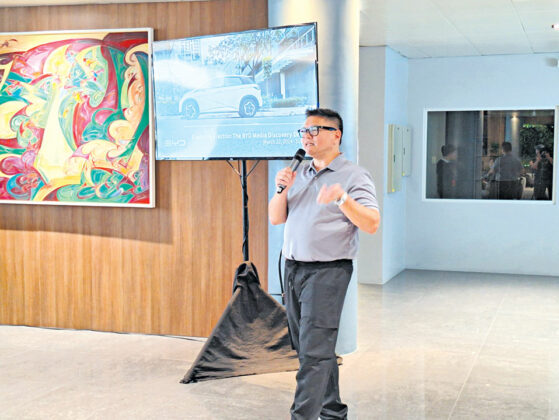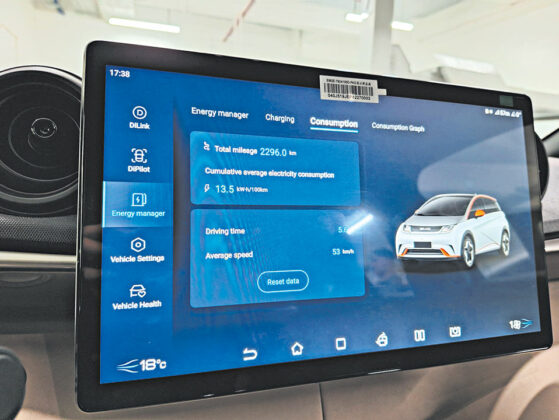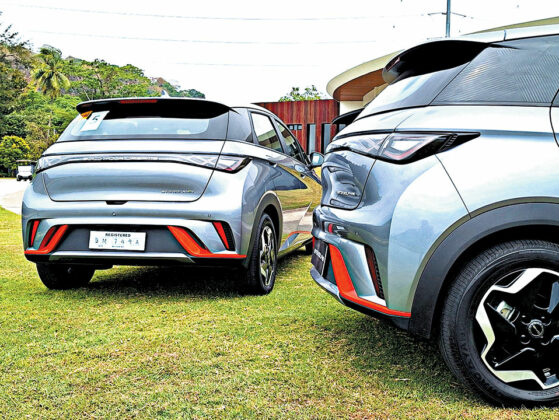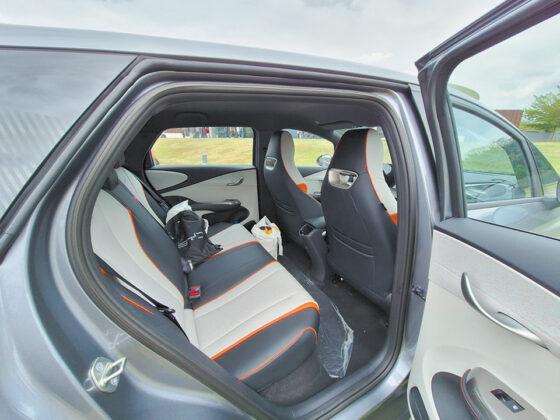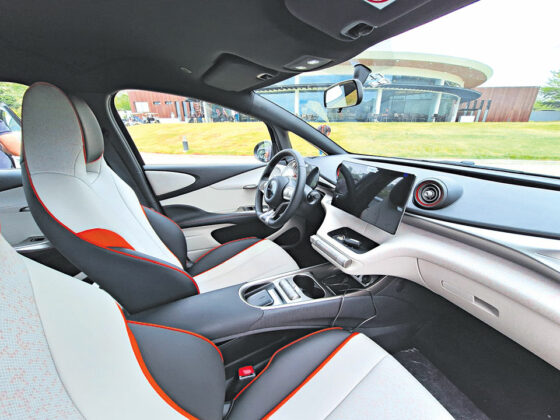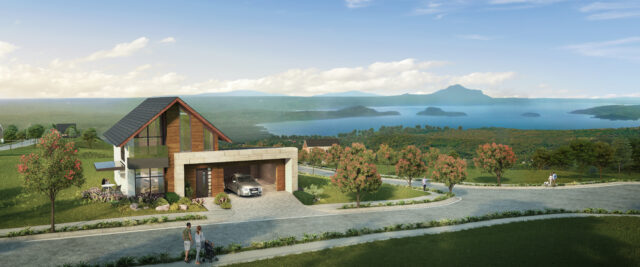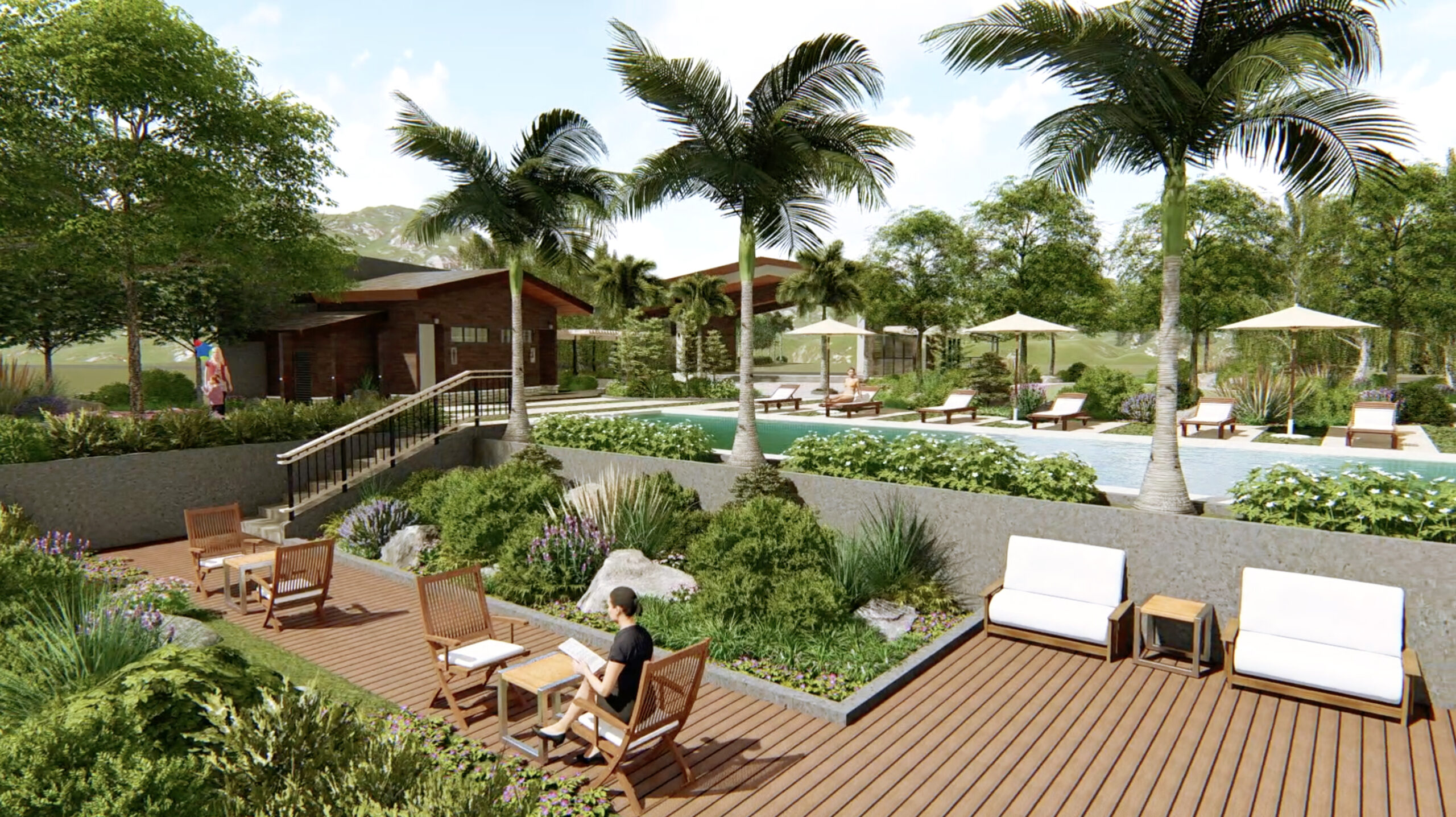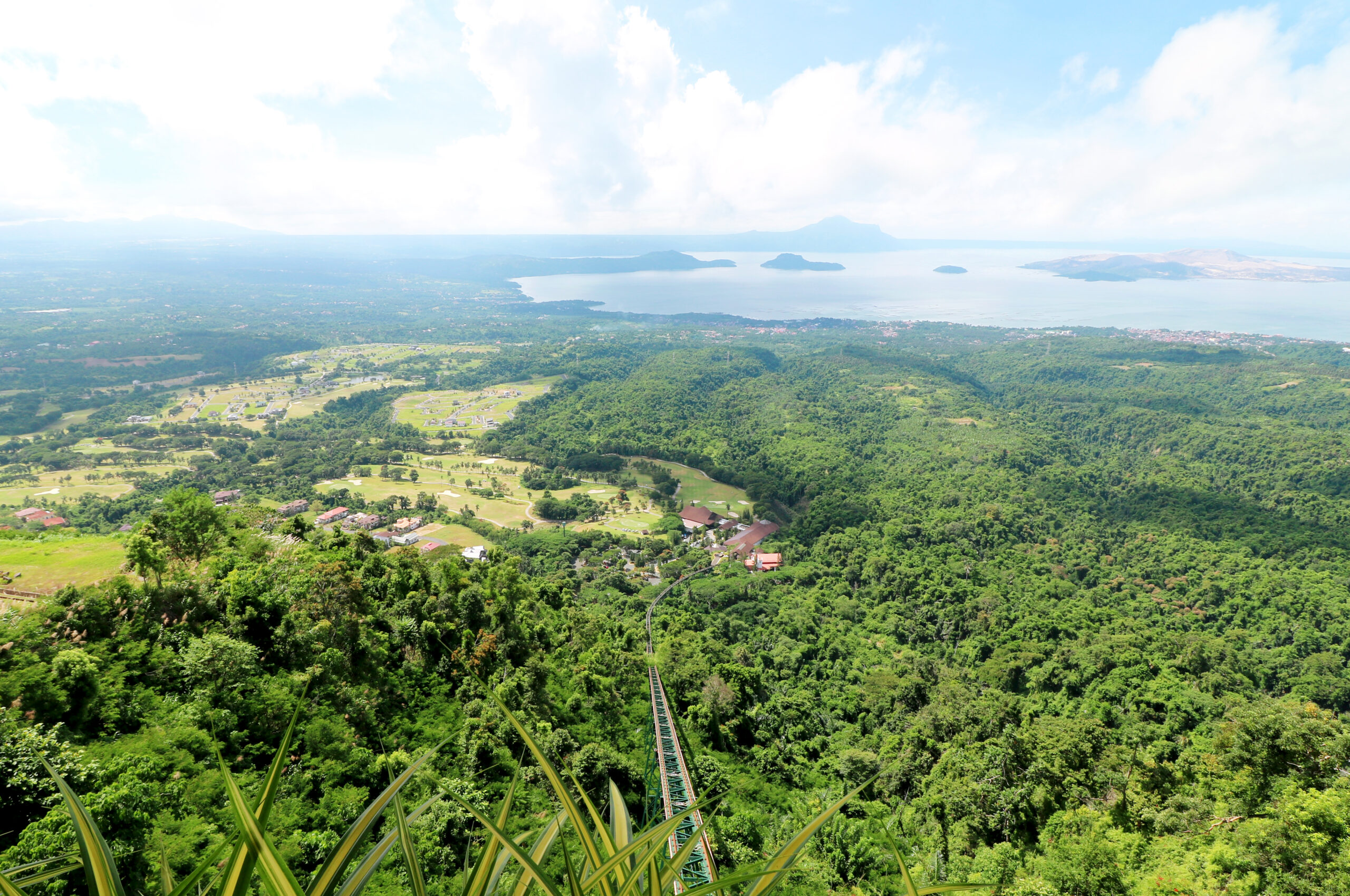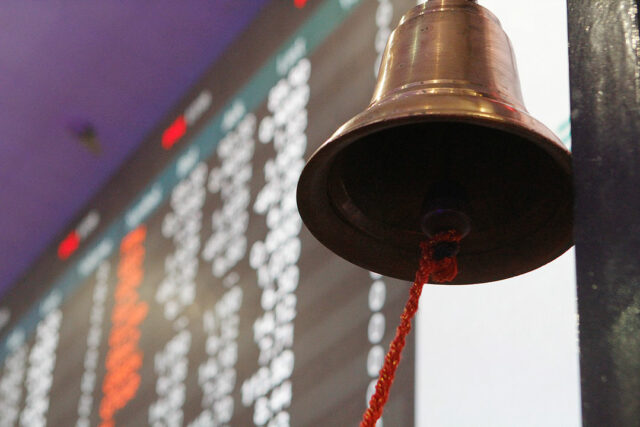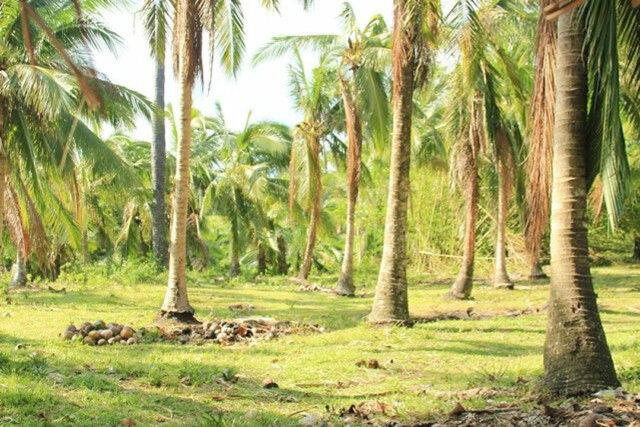By Selva Ramachandran
WASTE POSES a broad challenge that affects human health, livelihoods, the environment, and prosperity. Waste pollution, especially from plastics, is pushing our planet further to the brink of irreversible loss and damage.
The convenience that is associated with the use of plastics is a double-edged sword that has led the world to double its plastics production over the last 20 years. More than 400 million tons of plastic is produced worldwide every year, with one third of which is used only once.
If that is not concerning enough, the equivalent of over 2,000 garbage trucks full of plastic is dumped into the world’s oceans, rivers, and lakes every single day. This is primarily why our seas and oceans are choking with mismanaged plastic waste, which ends up infiltrating even the food that we eat.
Millions of the Filipinos rely heavily on coastal and marine resources, which today is affected by marine plastics. Its emerging economy contributes to the increase in plastic generation. This is alongside the permeation of the “sachet economy” that most Filipinos are used to, partly driven by the small purchasing capacity of most of the population.
The Philippines is considered as one of the main contributors in the world to marine plastic pollution. Annually, the country generates 2.7 million tons of plastic waste, of which over 500,000 tons end up in the seas and oceans every year.
The current linear economic model is also contributing significantly to greenhouse gas (GHG) emissions across the chain. Material handling and use — from extraction, processing, manufacturing, delivery, use, and disposal of goods — are further accelerating climate change. The “business as usual” model is more wasteful and makes inefficient use of materials and finite resources. This stresses our waste management system and poses huge environmental, economic and social costs.
Left unattended, these wastes will continue to pile up and choke our soil, waterways, and seas, and will result to the degradation of our ecosystem and the increase of public health issues, in turn affecting the production potential of resources upon which millions of Filipino households depend on.
To address this seemingly unsurmountable challenge, one solution stands out: Transitioning to a Circular Economy.
The principle and practice of circular economy have shown promising results in breaking the cycle of plastic pollution. Numerous developed countries have launched innovative solutions — from nature-based to technology-based — to tackle the plastics problem.
The circular economy approach enables us to extend the lifecycle of products, thus minimizing our material footprint, reducing wastes to a minimum, and, more importantly, open massive economic opportunities in the value chain, involving manufacturing materials for sustainable packaging, recycling, reuse, sharing, refurbishing, and repairing, among others.
The Department of Environment and Natural Resources (DENR) has recognized this, and embedded circular economy as a key strategy in the National Plan of Action (NPOA) for the Prevention, Reduction, and Management of Marine Litter.
A major push in this campaign is the enactment of the Republic Act 11868 or the Expanded Producer Responsibility (EPR) Act. This new legislation widens the environmental accountability of enterprises for the entire life cycle of the goods they produce, especially in the post-consumption stage — by strengthening recycling, reuse, and resource recovery — and is thus a significant pillar of the policy environment for circular economy.
For the United Nations Development Program (UNDP), circular economy is a key pillar engagement in the Philippines. In addition to our work for the NPOA on Marine Litter, we supported the DENR in developing the implementing rules of the EPR law, establishing the EPR Registry, and organizational assessment to fulfill the law’s requirements. Moreover, the UNDP engaged with five cities to pilot test priority circular economy solutions. These were all made possible through the support of the Government of Japan.
Furthermore, through the support of the European Union and led by the DENR, a new program called the Green Economy Program in the Philippines was recently launched. Through this program, the UNDP, in collaboration with the Department of Interior and Local Government, will be working with 20 LGUs in their “greening” journey and their circular economy transition. Targeted support for 40 more LGUs is envisioned to be added to the program.
These are all aligned with the country’s Nationally Determined Contribution (NDC), which commits a 75% GHG emission reduction and avoidance by 2030. The NDC identified circular economy and sustainable consumption and production among the key mitigation measures against climate change that would bring about co-benefits, including green jobs and investments, while ensuring a just transition.
This year, the commemoration of Earth Day under the theme “Planet vs Plastics” reminds us that our urgent actions across all levels on plastic pollution matter. It is time to accelerate our efforts and transition to a circular economy before our planet is cloaked by plastics.
Selva Ramachandran is the UNDP Philippines Resident Representative. UNDP is the leading United Nations organization in fighting to end the injustice of poverty, inequality, and climate change. Learn more at ph.undp.org or follow @UNDPPH.








